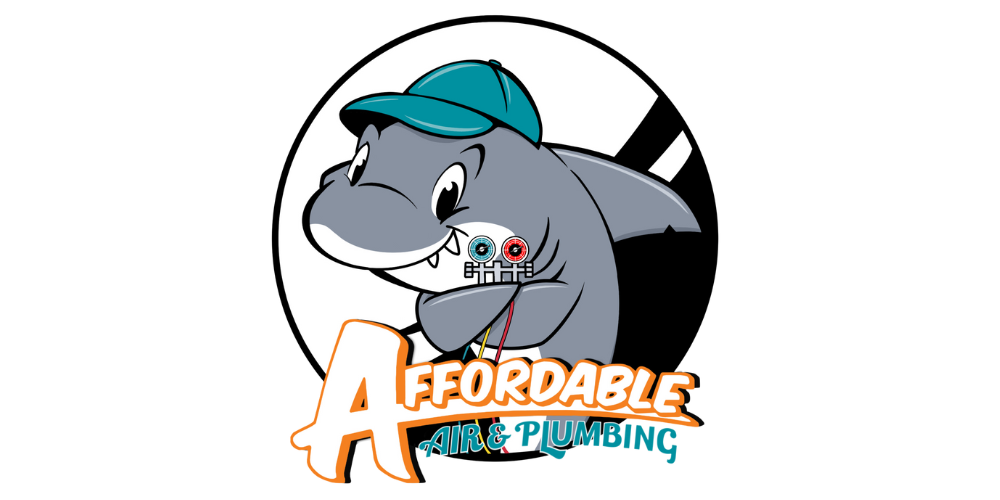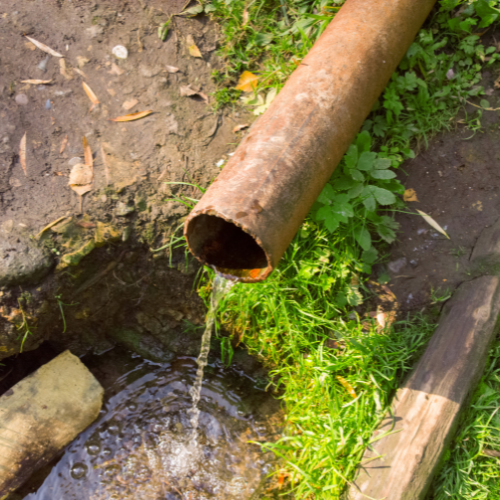What Causes a Sewer Line Backup and How to Fix It
Dealing with a sewer line backup is one of the most unpleasant plumbing issues a homeowner can face. Not only can it cause damage to your property, but it also poses health risks due to exposure to contaminated water. Understanding the causes of sewer line backups and how to address them can save you time, money, and stress.
What Causes a Sewer Line Backup?
Several factors can lead to a sewer line backup. Here are the most common culprits:
Tree Root Intrusion
Tree roots are naturally attracted to water and nutrients found in sewer lines. Over time, roots can infiltrate small cracks or joints in the pipes, eventually growing large enough to block the flow of waste.
Blockages Due to Grease and Debris
Pouring grease, oil, and food scraps down the drain can lead to buildup inside the pipes. Similarly, flushing non-flushable items like wipes, feminine hygiene products, or paper towels can cause clogs that obstruct the sewer line.
Aging or Damaged Pipes
Older homes with clay or cast-iron pipes are particularly susceptible to corrosion, cracking, or collapse. Shifting soil, ground settling, or heavy traffic above the pipes can also damage them, leading to backups.
Heavy Rainfall or Flooding
During periods of heavy rain, municipal sewer systems can become overwhelmed, causing wastewater to backflow into homes. This is more common in areas with combined sewer systems or insufficient drainage infrastructure.
Sewer Line Sagging (Bellied Pipes)
A sag in the sewer line can create a low spot where waste and debris accumulate, eventually causing a blockage. This issue often occurs due to soil shifting or poor installation.
Signs of a Sewer Line Backup
It’s crucial to recognize the warning signs of a sewer line backup early to prevent further damage. Look out for:
Slow Drains: Multiple drains in your home are slow to empty.
Gurgling Sounds: Unusual noises coming from your toilets or drains.
Foul Odors: The smell of sewage near drains or in your yard.
Water Backups: Wastewater backing up into sinks, tubs, or toilets.
Lush Patches of Grass: An unusually green area in your yard may indicate a leaking sewer line.
How to Fix a Sewer Line Backup
If you suspect a sewer line backup, take action immediately to minimize damage. Here are the steps to resolve the issue:
1. Stop Using Water
Avoid running water or using appliances like dishwashers and washing machines to prevent further strain on the sewer system.
2. Call a Professional Plumber
A licensed plumber will have the expertise and equipment to diagnose and fix the problem. Common tools they use include:
Video Inspection: A camera is inserted into the sewer line to identify the cause of the blockage.
Drain Cleaning: Mechanical augers can break up smaller clogs.
Hydro Jetting: High-pressure water jets clean out debris and buildup from the pipes.
3. Consider Pipe Repairs or Replacement
If the issue is due to damaged or aging pipes, your plumber may recommend repairs or a full replacement. Techniques like trenchless pipe repair can minimize disruption to your property.
Preventing Sewer Line Backups
Proactive maintenance can help you avoid sewer line backups. Follow these tips:
Avoid Pouring Grease Down Drains: Dispose of grease in a sealed container instead.
Flush Only Toilet Paper: Even “flushable” wipes can cause clogs.
Schedule Regular Inspections: Professional inspections can catch issues before they become major problems.
Trim Trees Near Sewer Lines: Keep tree roots away from your plumbing system.
Install a Sewer Cleanout: This access point allows for easier maintenance and cleaning.
Conclusion
A sewer line backup can disrupt your home and pose serious health hazards, but understanding the causes and solutions can help you address the problem efficiently. If you notice signs of a backup, don’t delay—contact a trusted plumber to restore your system and keep your home safe.

